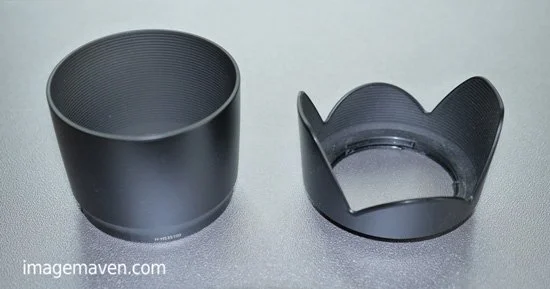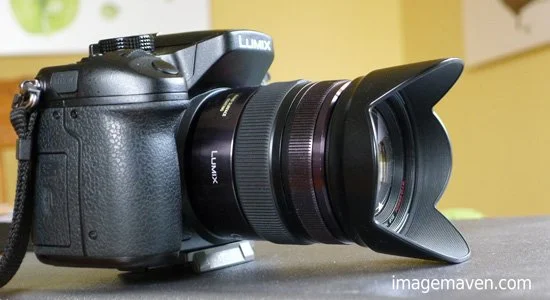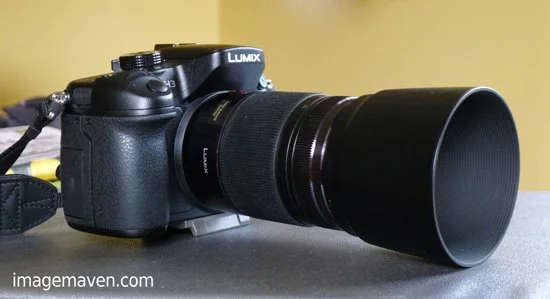Lens Hoods: Tube vs. Tulip
Questions about using a lens hood - specifically a tulip lens hood.
Is there ever an advantage to using a lens hood indoors?
I noticed that you use the ‘Tulip’ style lens hood. I have always gone under the assumption that a ‘Solid’ style hood provides more protection from the sun. Am I wrong in my assumption?
My Answers:
I keep a lens hood on at all times for general protection, and also to minimize flare and glare from any light source.Indoors it's also important to use a lens hood, because you can get flare from window light, studio lights or lamps. When you have less flare you get better picture quality too.Tulip lens hoods are for wide angle lenses and typically you'll get a tulip style lens hood when you purchase a wide angle zoom. Many people don't know what they are or what to do with them, so I'm happy you asked this question.Tulip shaped lens hoods also need to be properly placed on the lens. The more open parts go on the horizontal axis of your camera. See the photo below to see what I mean.If you used a solid, barrel shaped lens hood on a wide angle lens, you'd see it visibly on the corners of your photos. That darkening of the corners is called vignetting.Longer focal length lenses use the longer, tube-shaped lens hoods. You don't have to worry about vignetting with longer lenses, only the wide angle ones.Hope that helps.
Here are a couple of shots of camera lenses with the hoods on.
Photo of “tulip” wide angle lens hood
Long focal length “Tube” lens hood
<script async src="https://pagead2.googlesyndication.com/pagead/js/adsbygoogle.js?client=ca-pub-4429607658558550"
crossorigin="anonymous"></script>

